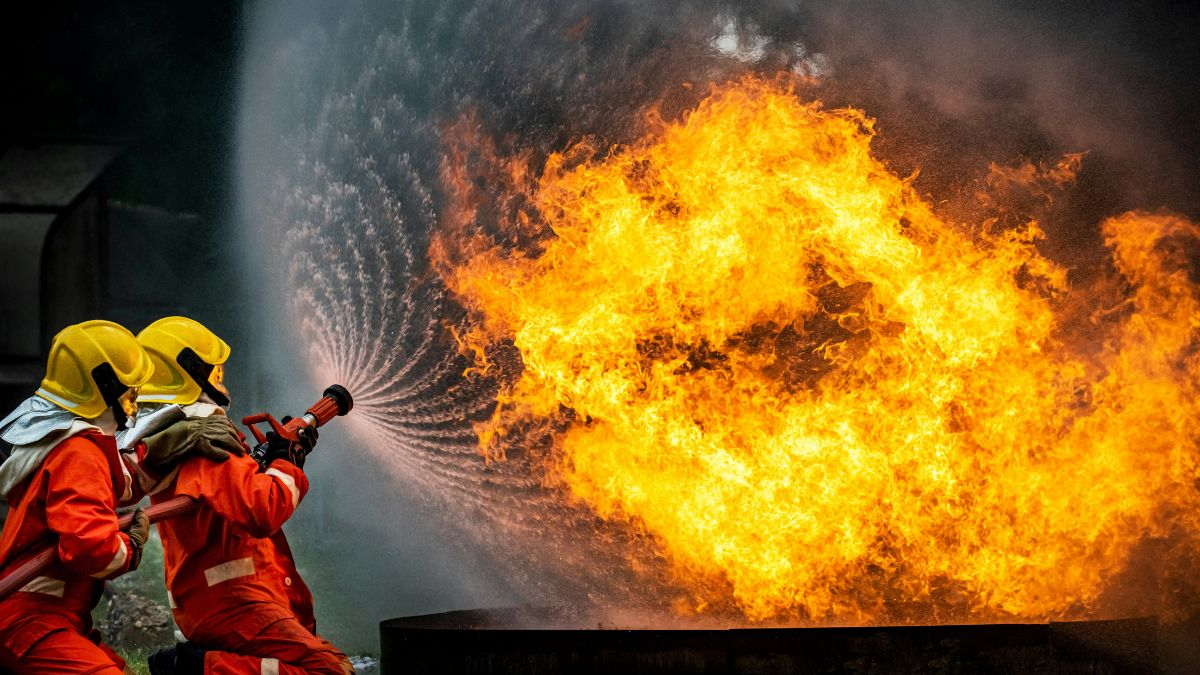Wildfires are increasingly seen as one of the biggest threats to U.S. property and lives. The frequency of fire cases has raised the question of whose responsibility it is to control and manage such fires—the federal, state, or local counties.
What is the federal government’s role in fire management?
The federal government is actively involved in fire management on federally controlled land. U.S. federal agencies like the U.S. Forest Service (USFS) and Bureau of Land Management (BLM) are assigned with directing all activities pertaining to the prevention, management, and suppression of fire incidents within public lands. These agencies manage vast acres of forested, grassland, and other types of public natural areas.
Key responsibilities of the federal government include the following:
- Fire suppression on federal lands: The USFS and BLM work to contain and extinguish fires on national forests and grasslands.
- Funding and resources: Federal agencies provide financial aid to states for firefighting efforts through programs like the Federal Emergency Management Agency (FEMA).
- Research and training: Federal organizations conduct research on fire behavior and provide training for firefighting teams nationwide.
How do state governments contribute to fire management?
It should be noted that fire management in the United States is just as much the responsibility of the states as the federal government. Most states have their own departments or agencies for wildfire prevention and suppression, such as California’s Department of Forestry and Fire Protection, known as Cal Fire.
Here is what states are responsible for:
- Fire management on state lands: State agencies manage fires on state lands, state parks, forests, and other state-owned property.
- Coordination with local and federal members: Most of the time, it becomes your state’s job to bring all of these local and federal efforts together to control wildfires.
- Providing additional resources: Most states often have firefighting crews, and their firefighting equipment ready for deployment in times of fire outbreak.
What responsibilities do counties and local governments have in fire control?
Most counties and cities generally deal with immediate response and prevention of fire in their local areas. Local fire departments and emergency services are typically the first responders to such events.
Local governments focus on:
- Fire prevention and education: Fire department outreach activities in the community would mainly involve people being educated about fire safety.
- Building Codes and Zoning-Related Laws: Counties and cities enforce such mandates as requiring the use of fire-resistant materials in construction to mitigate the risk of fire.
- Emergency response: Local fire departments carry out the first steps of fire suppression, particularly in urban areas and suburbs.
Who is responsible for wildfires that cross jurisdictions?
Wildfires often cross boundaries, affecting federal, state, and private lands simultaneously. In these cases, a collaborative approach is necessary. Multi-agency coordination centers, such as the National Interagency Fire Center (NIFC), play a vital role in unifying efforts across jurisdictions.
In these situations:
- Unified command systems: Federal, state, and local agencies work together to form a joint strategy.
- Resource sharing: Equipment, personnel, and expertise are pooled to address large-scale fires efficiently.
- Cost-sharing agreements: The financial burden of fighting fires is often shared between the different levels of government.
Why collaboration is key in fire management
Federal, state, or local governments will have to organize their operations to manage fires in the United States. Each of these levels is equipped with its own resources and expertise, summing up to a holistic approach towards wildfire prevention and suppression. The stakes are high, but through collaboration, the impact of wildfires can be minimized.
